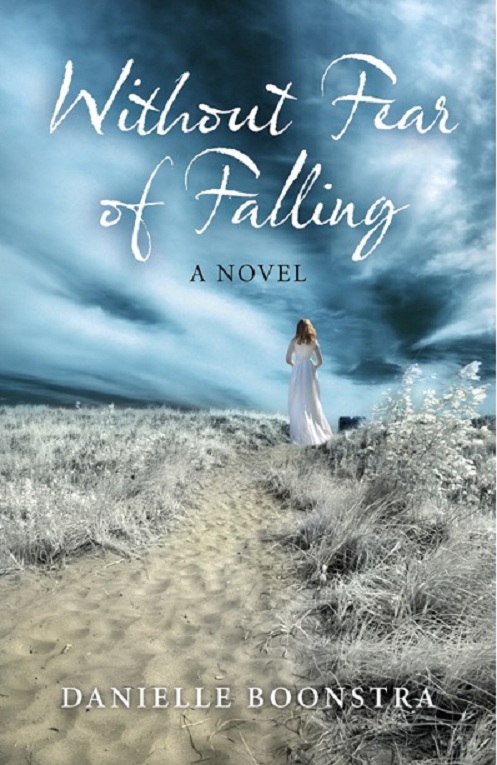Revising your novel is an essential part of the writing process. It’s also one of the most important steps because it helps you make sure that your story flows logically and makes sense to readers.
To revise means to look at what you’ve written so far, think about how it could be improved, and then go back through each chapter or section and make changes accordingly. You may find that some things need to be cut out entirely (like unnecessary scenes or characters), while others need more detail added in order for them to make sense in context with everything else going on in a scene.
You might even discover new ideas during this process and potentially alter the path of your characters altogether! Be open to revision even after you think you’ve finished writing. There are often ways to improve that show up once you give your novel fresh eyes.
Outlining Your Novel
Once you have a first draft, it’s time to revise. This is the part where you can really make your novel shine! Here are some tips for making sure that your revisions are effective and efficient:
- Outline Your Novel – Ideally, this is done before you start writing your novel but, hey, not everyone works the same way. Organizing your ideas will help you see where they fit into the overall story arc of your book. You can do this using index cards, a storyboarding app—whatever method works best for you. Putting an outline together before revising will help keep things organized as you go through each chapter or scene. If there are any plot holes or inconsistencies in character development (or both), now is when those are identified and fixed before moving forward with further revisions.
- Create a Timeline—Alongside your outline, consider creating a timeline to help you stay focused on what needs to happen next within your novel’s worlds. This will help keep you on track, and you can refer back to it as you progress further along the plot.
Developing Characters
- Create backstories. Backstories are the events that happen before the story begins. They can include anything from childhood trauma to major life events like marriage or divorce. The goal is to create a rich and complex history for your characters that informs their choices in the present day–and helps readers understand why they do what they do.
- Develop motivations. Once you know who your characters were before the story began, it’s time to figure out why they’re doing what they’re doing right now. What drives them? What motivates them? Why does one character want something more than another character does? Motivations help readers understand why characters act as they do; without them, we have no reason not just for action but also inaction (or inaction).
Writing Dialogue
Writing dialogue is one of the most difficult parts of writing a novel. It’s easy to fall into cliches, but there are ways you can
- Ensure the dialogue fits their character: If someone is shy, don’t have them say something bold in conversation; if someone is outgoing and confident, don’t have them stutter or stammer when they speak.
- Make sure each line has meaning: Don’t just fill up space with meaningless banter; every word should contribute to either advancing plot or character development (or both).
- Avoid cliches. If your character says “I love you” too many times in one scene or another character uses the same phrase over and over again–even if it’s not meant literally–it will become annoying fast.
Improving Your Writing Style
- Use active voice.
- Avoid repetition.
- Use vivid language.
Editing for Grammar and Spelling
- Check for typos.
- Use an online proofreader like Grammarly.
- Make sure to read it aloud. The human ear is a great tool for catching mistakes that our eyes might miss, so if you’re not sure about something, try reading it out loud.
- Ask a detail-oriented friend to read your manuscript.
Trimming Unnecessary Words
One of the most important things you can do is trim unnecessary words from your writing. This will make it easier for readers to understand what you’re trying to say, and it will also help them get through the story faster.
There are several ways that writers can cut down on excess verbiage:
- Use concise language. Don’t use five words when three will do just fine; if there’s an alternate word or phrase that conveys the same meaning with fewer syllables, go with that option instead! For example: “I went into town yesterday” could be rewritten as “Yesterday I went into town.”
- Find better synonyms for common words like “said” and “asked”. Instead of saying “he asked me a question”, try substituting some other verbs–maybe something more descriptive than just asking (e.g., demanded). Or maybe try using one word instead of two–for example, instead of saying “I told him my name was John Smith”, try replacing both occurrences of told with said (or even whispered).
Adding Suspense and Tension
- Have your characters say unexpected things.
- Create moments of surprise.
- Add plot twists.
- Build tension by raising the stakes, making things worse for your characters, or putting them in danger that they didn’t expect to be in (or all three!).
Making the Story Come Alive
- Use vivid imagery.
- Ground your scenes with a sense of place.
- Add sensory details.
And finally…
You’ve done it! You have written your first draft; take some time to reflect on the process and celebrate your success. And then, it’s time to hire an editor and/or get feedback from beta readers. Know that your novel will have to go through multiple edits to be the book it needs to be.
You’ve got this!


